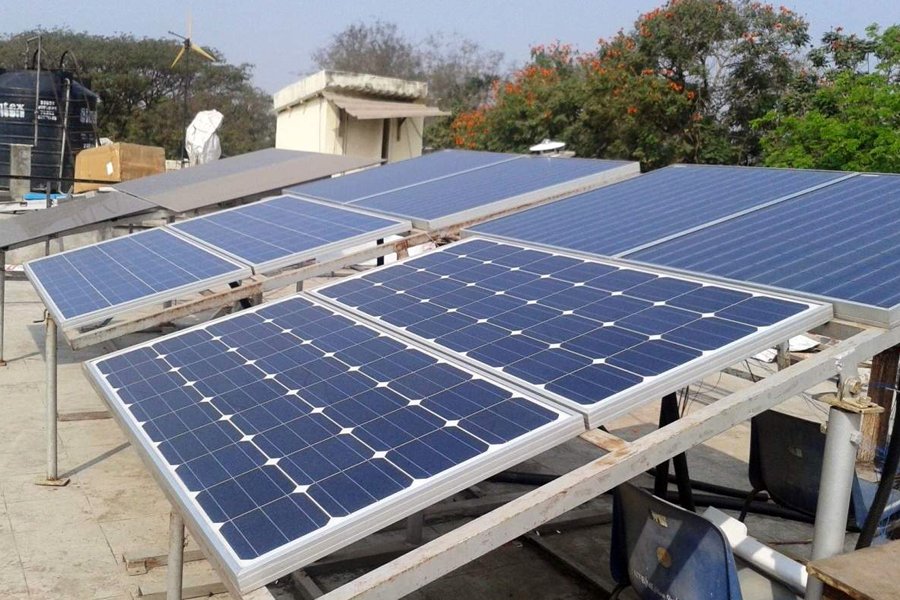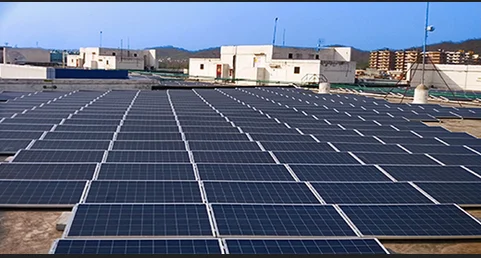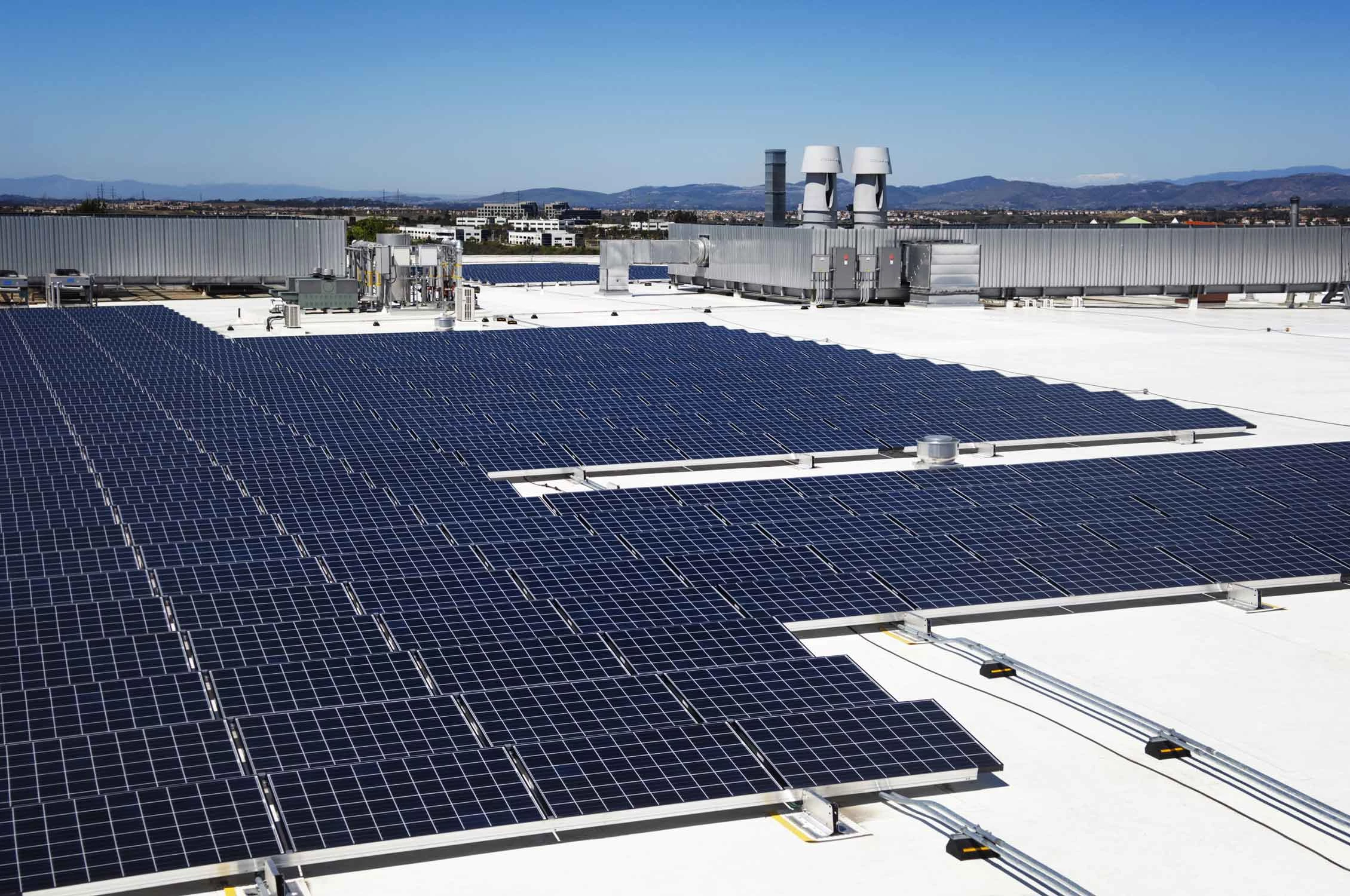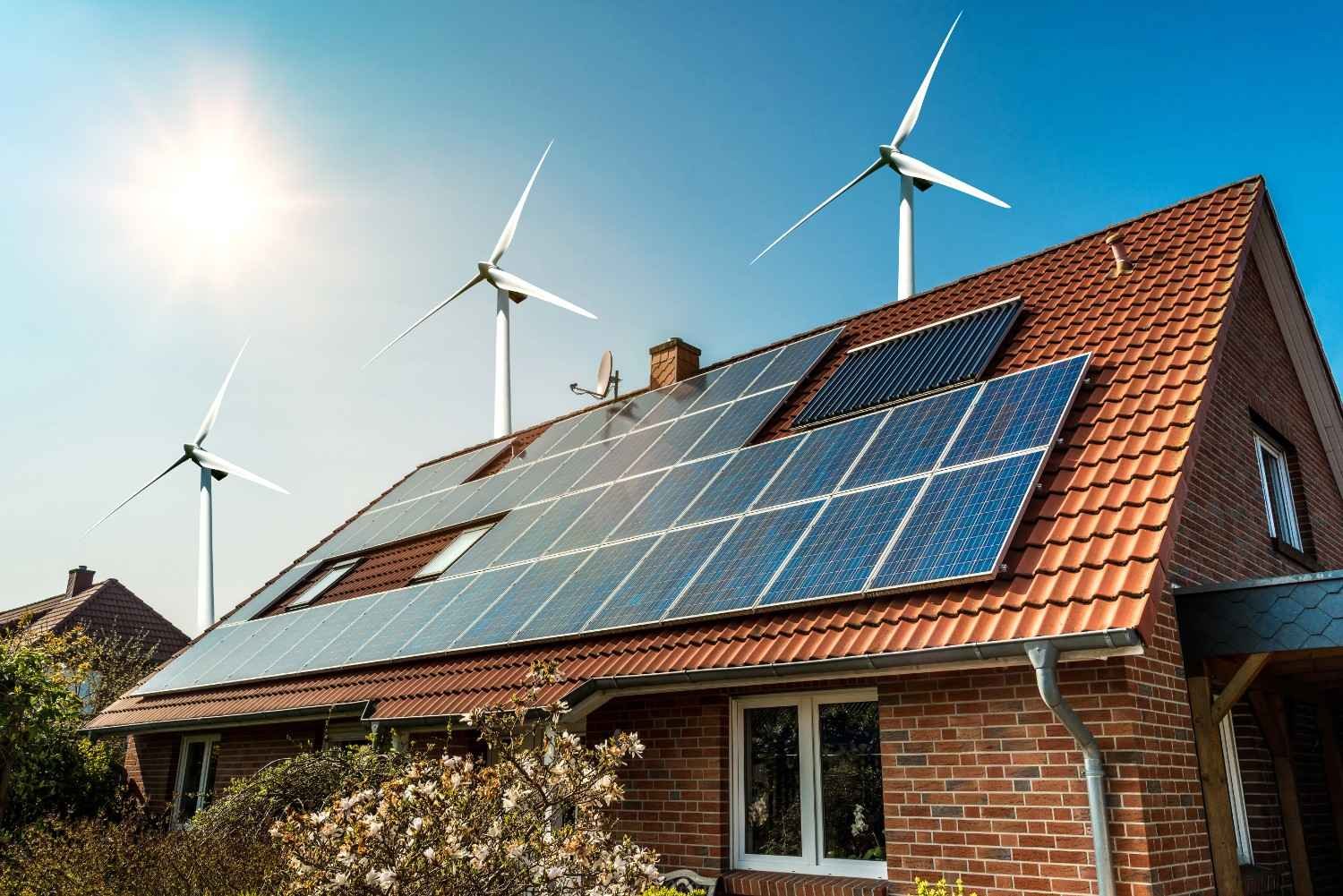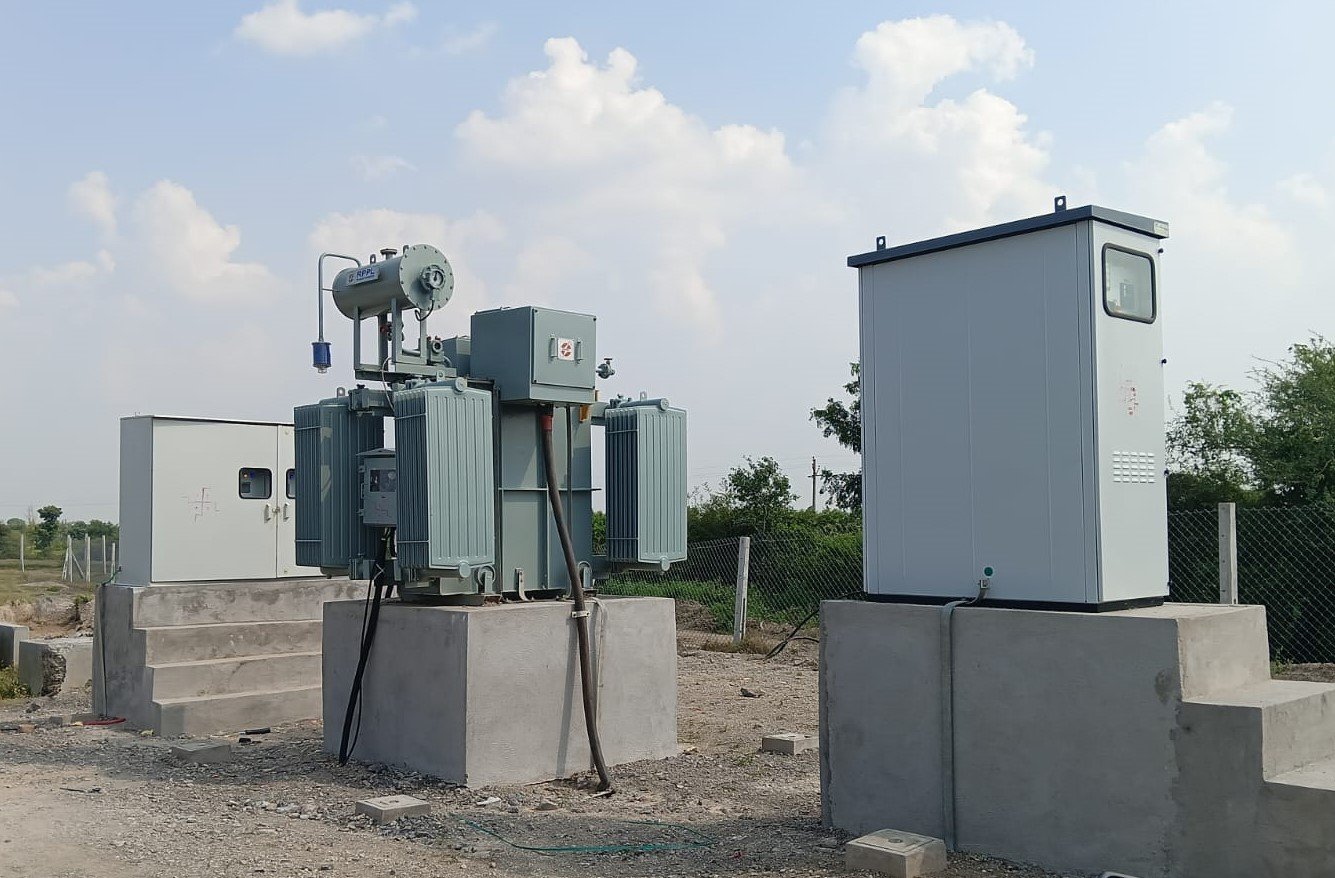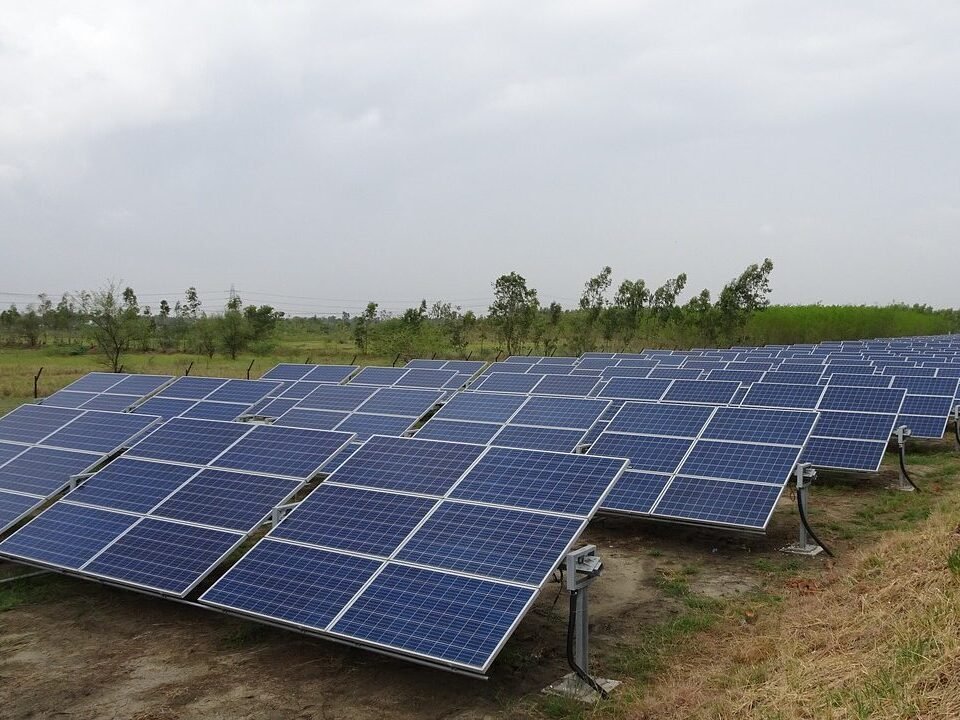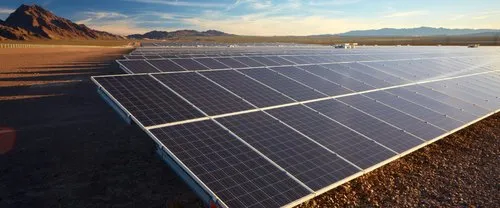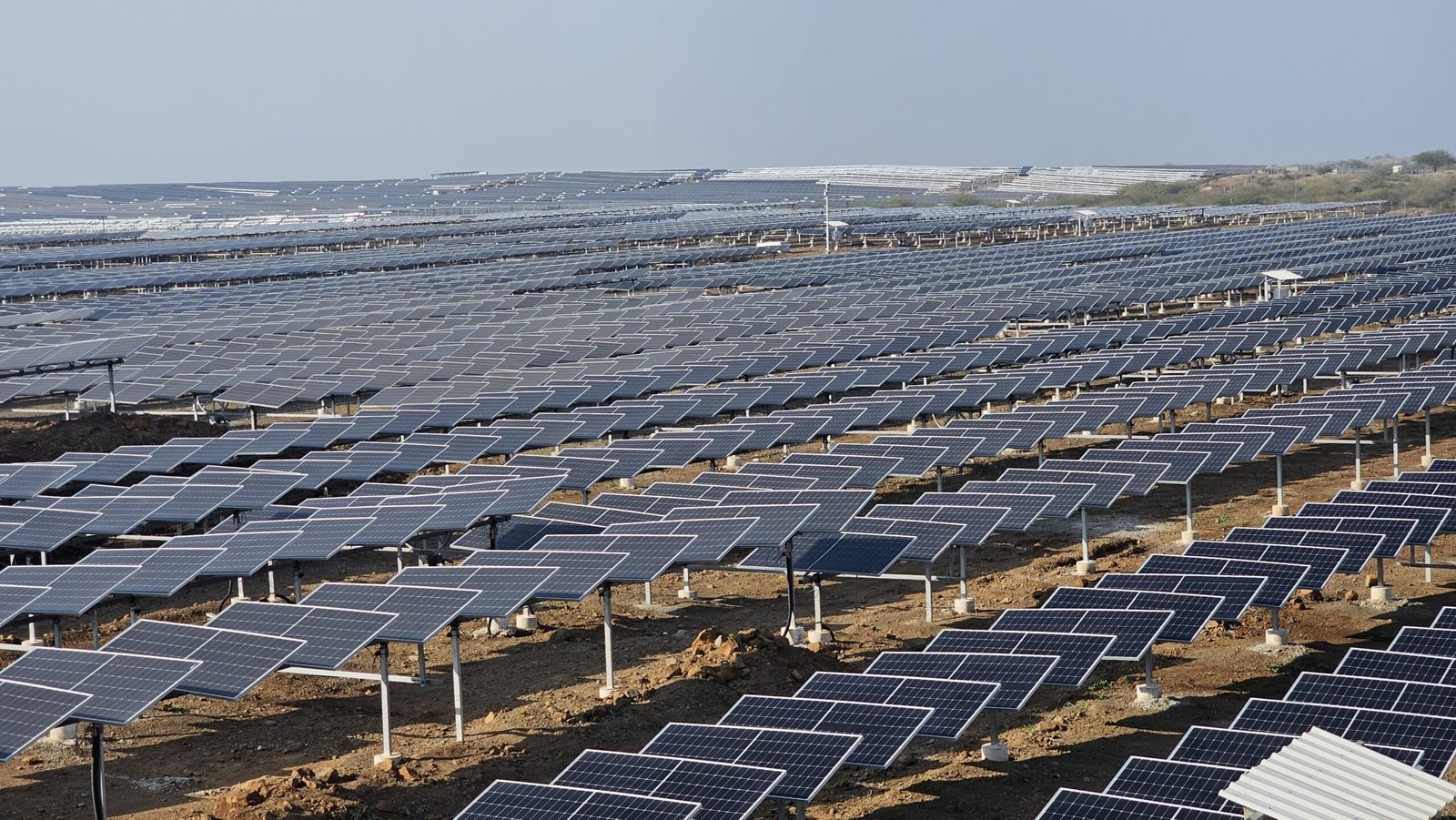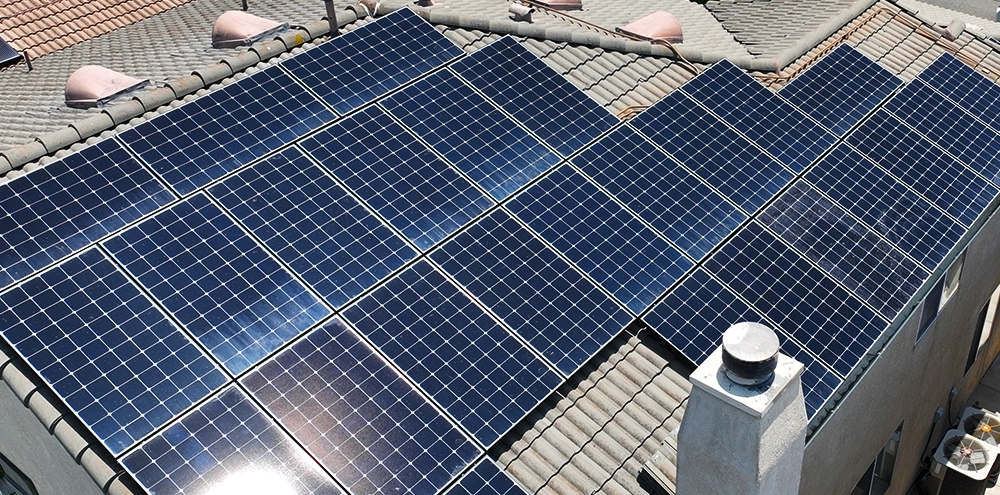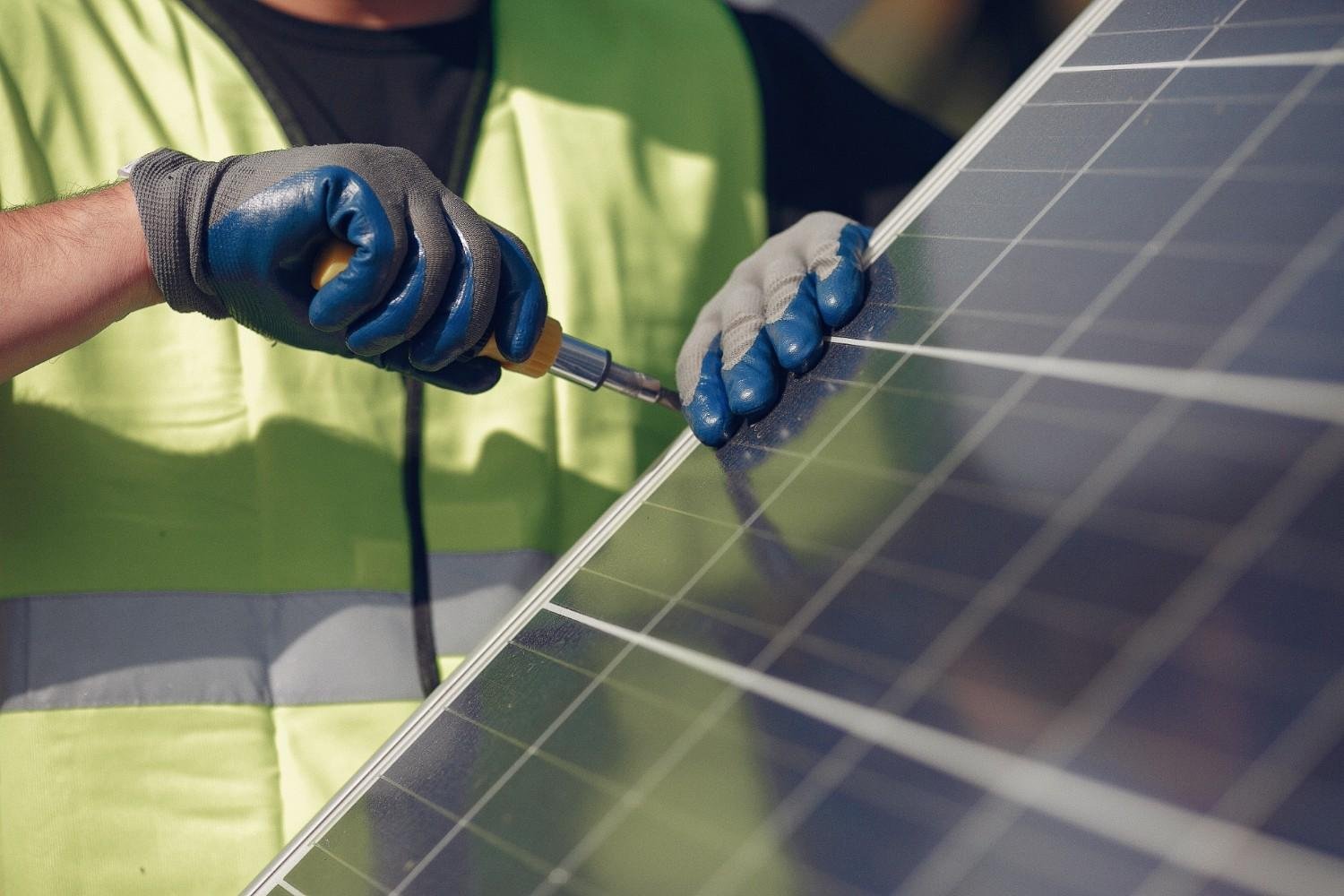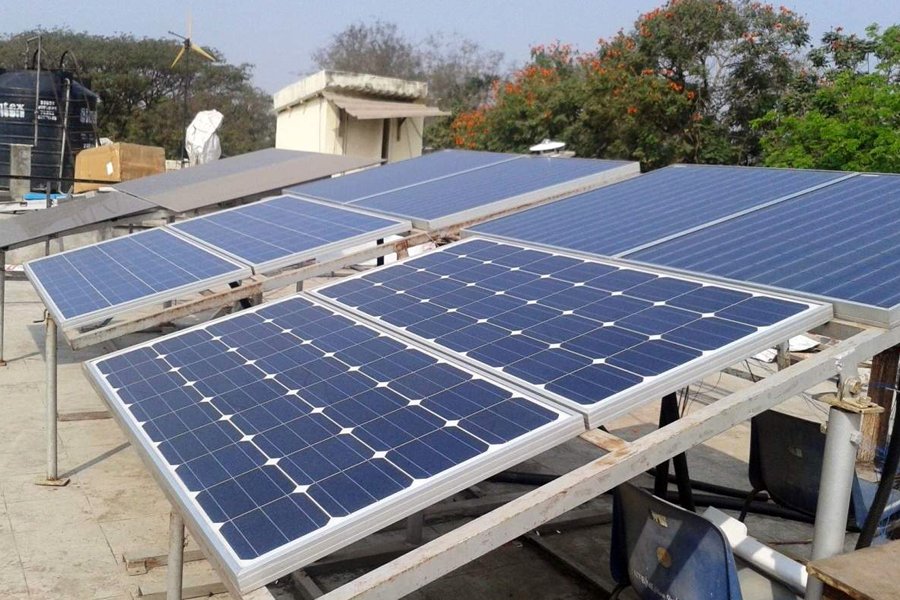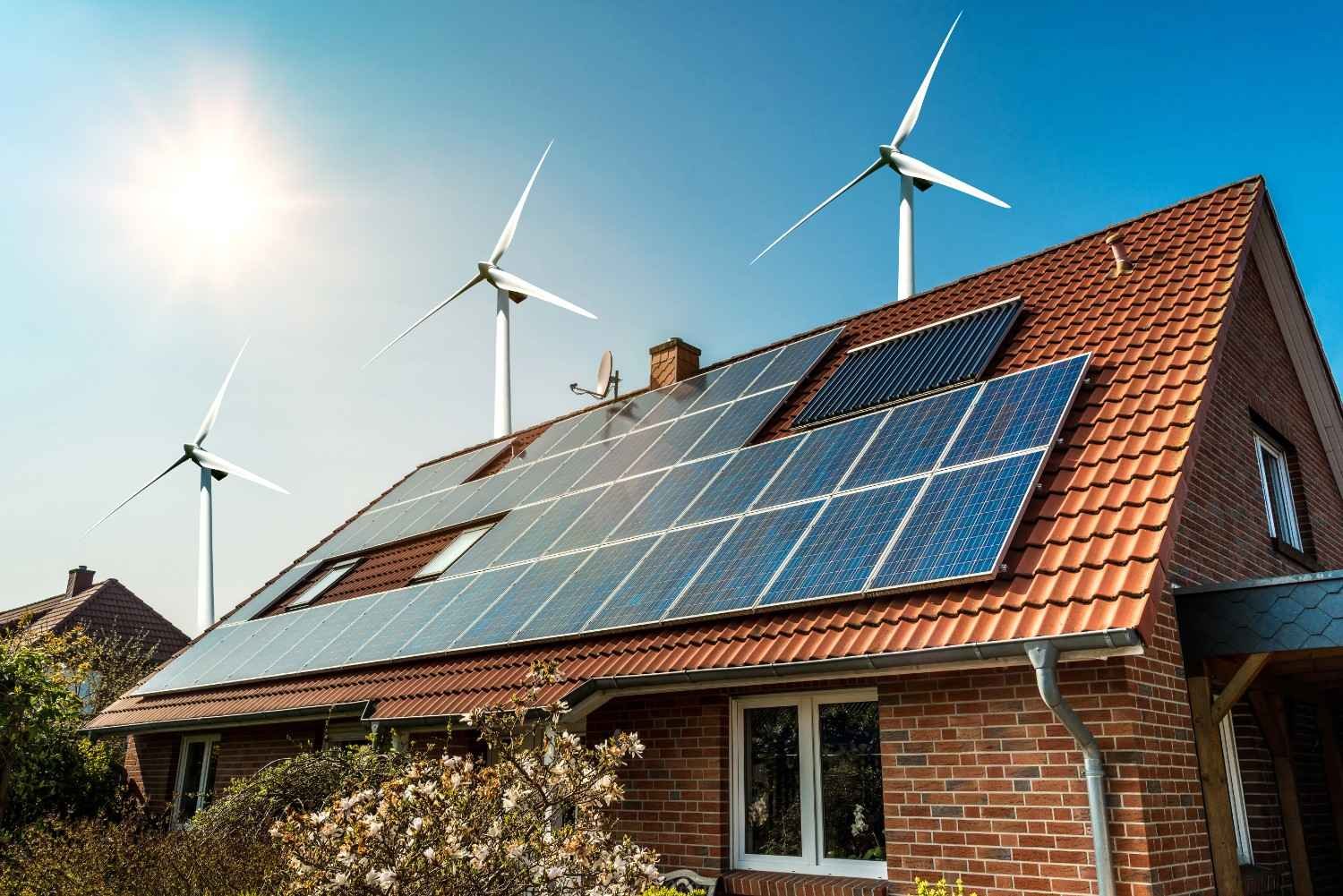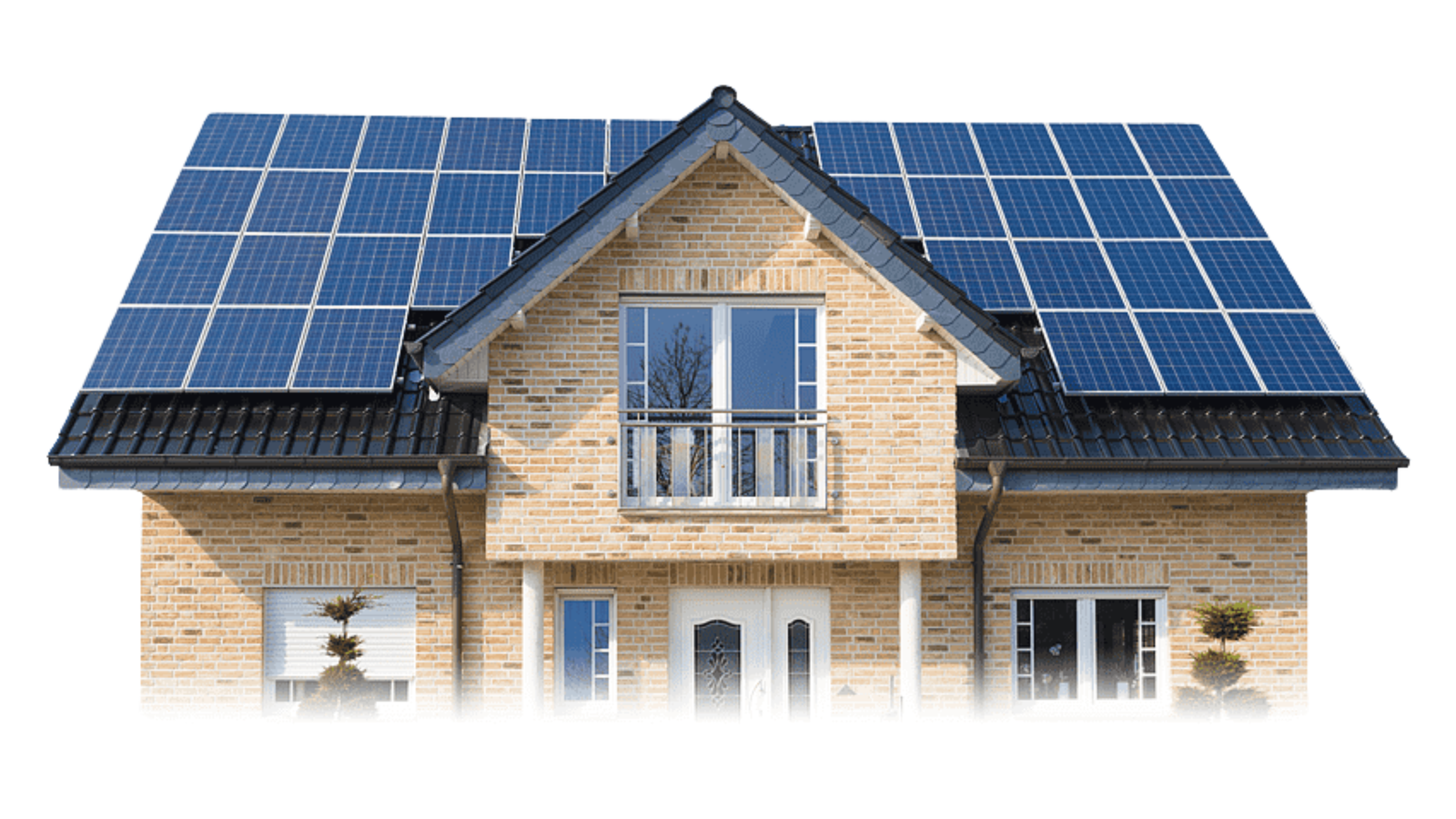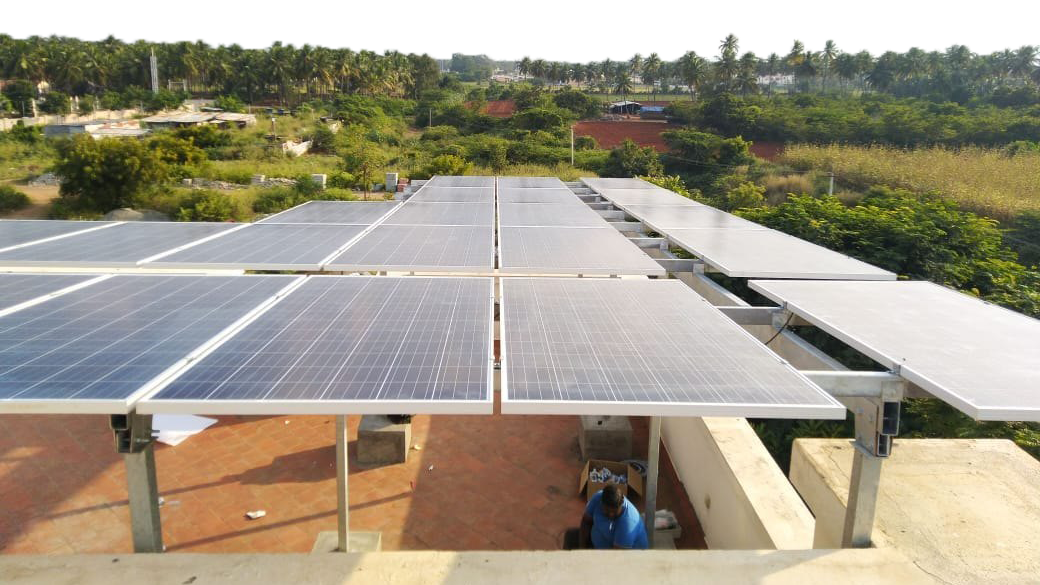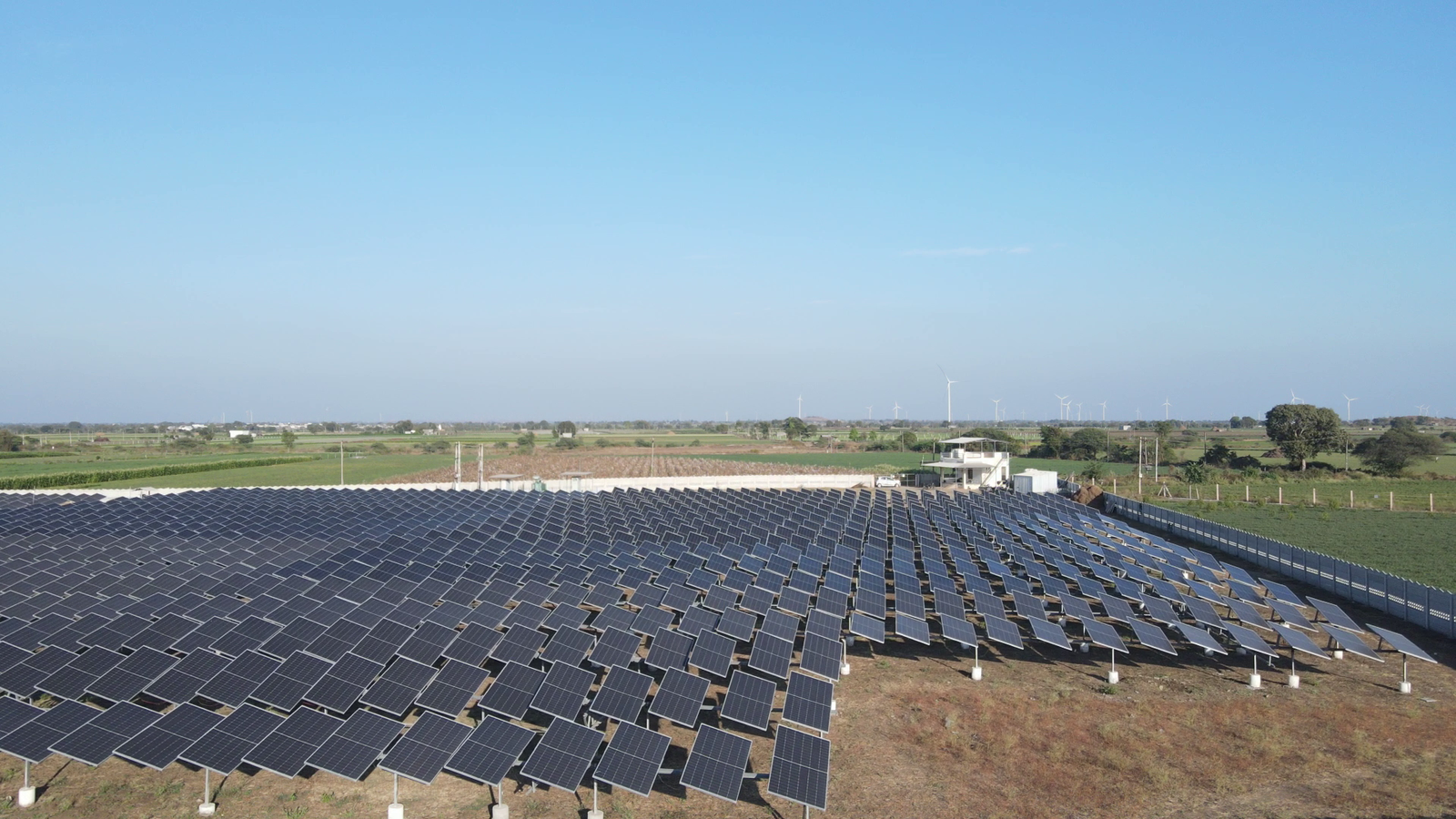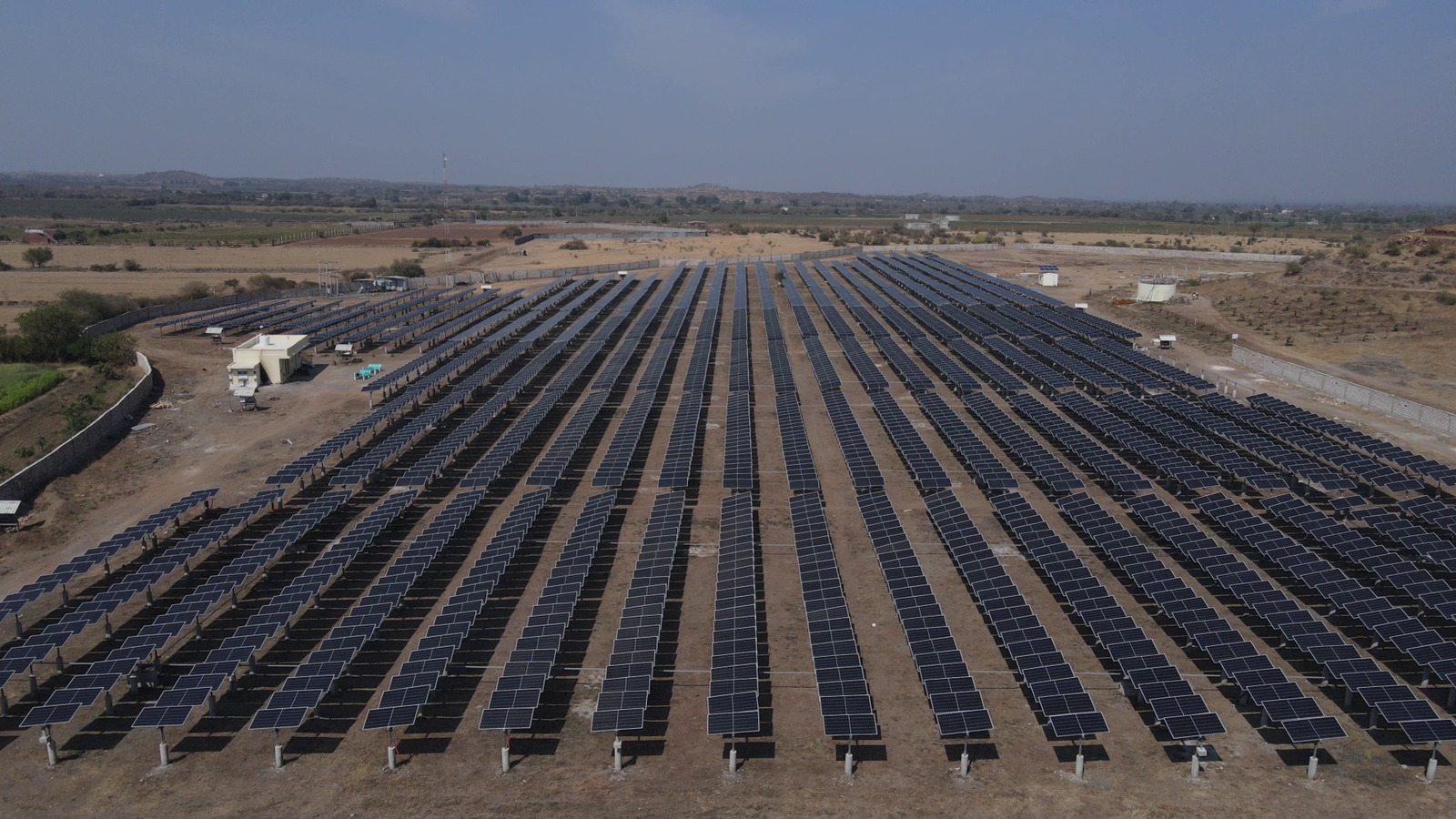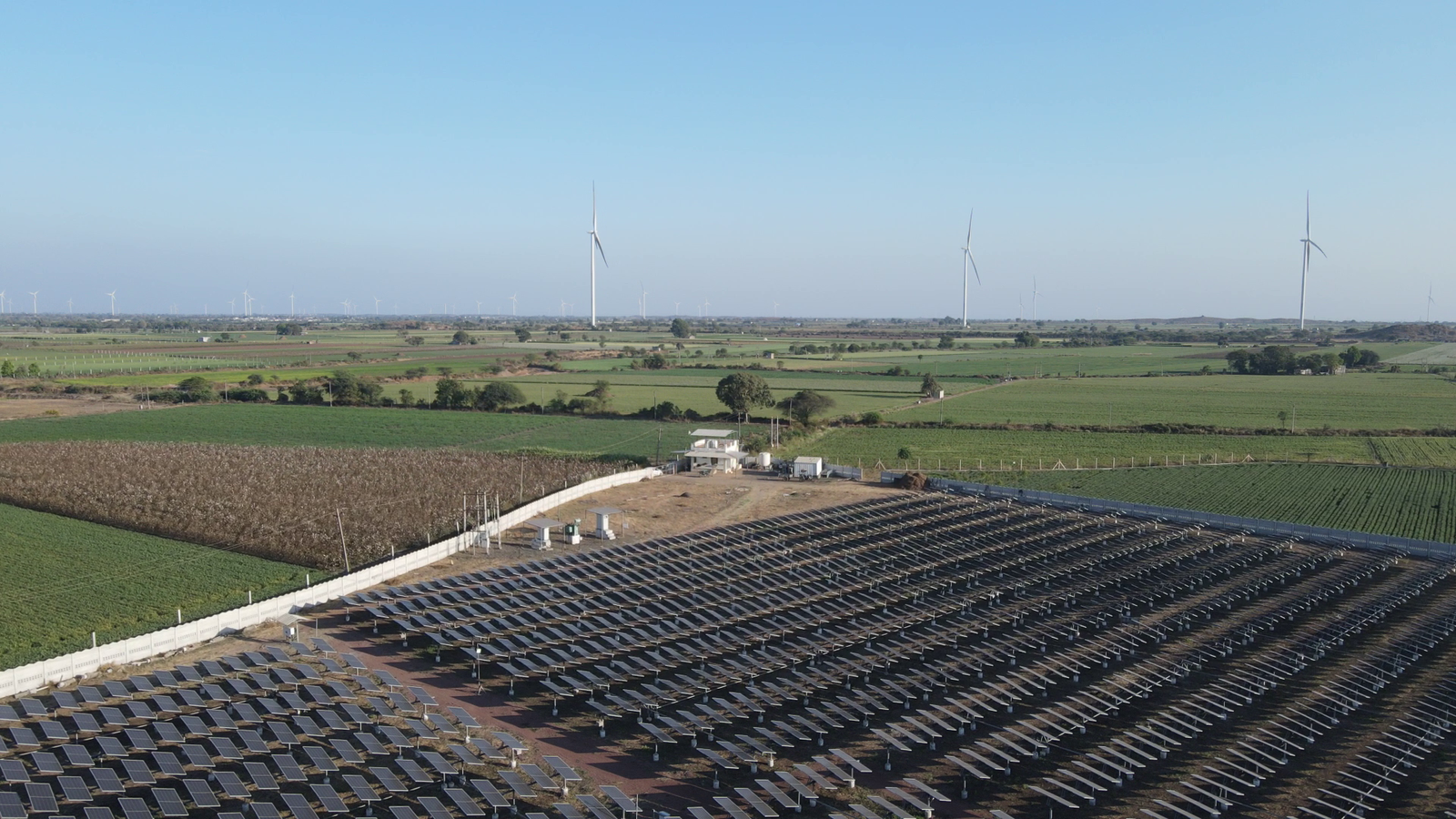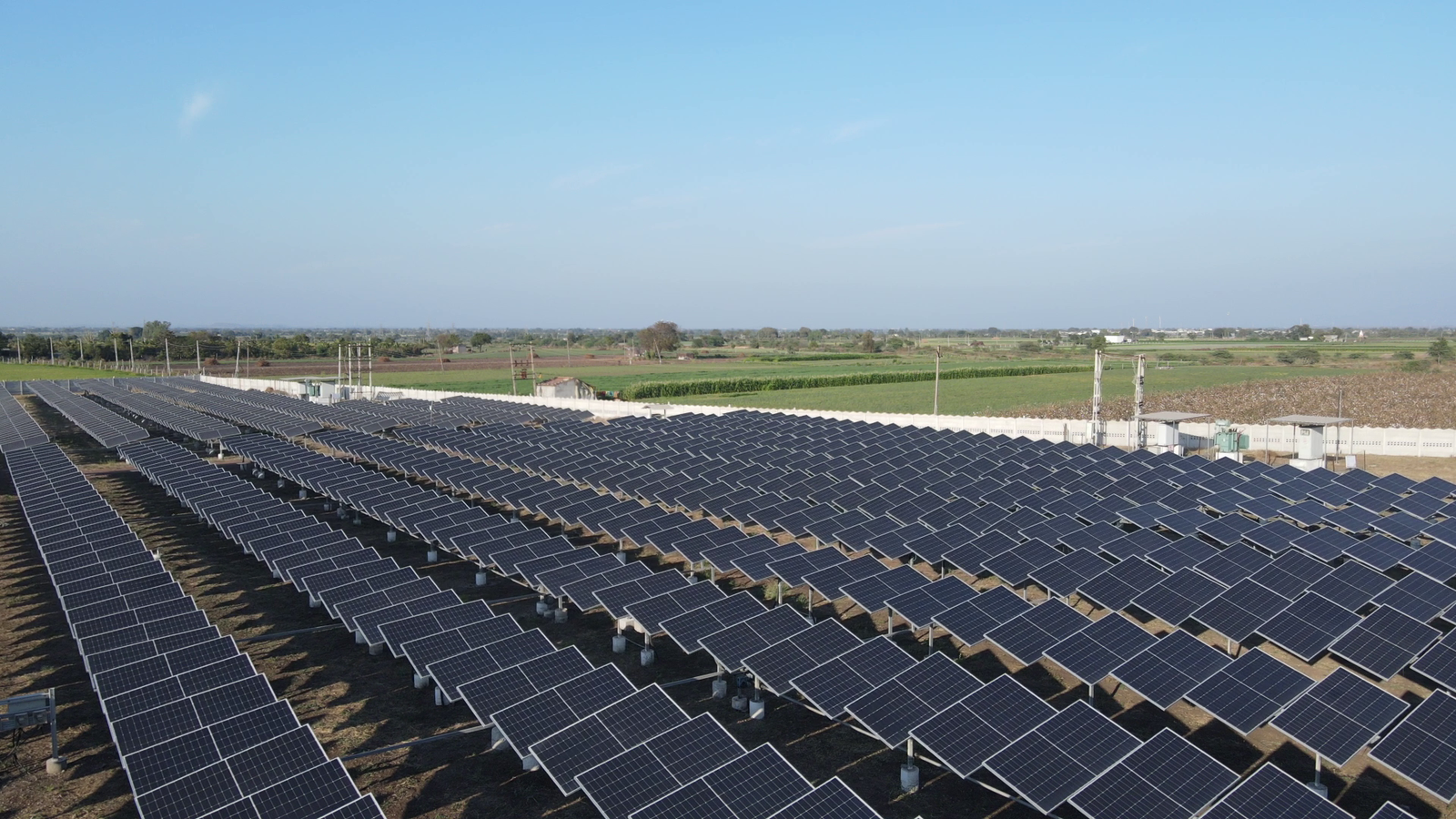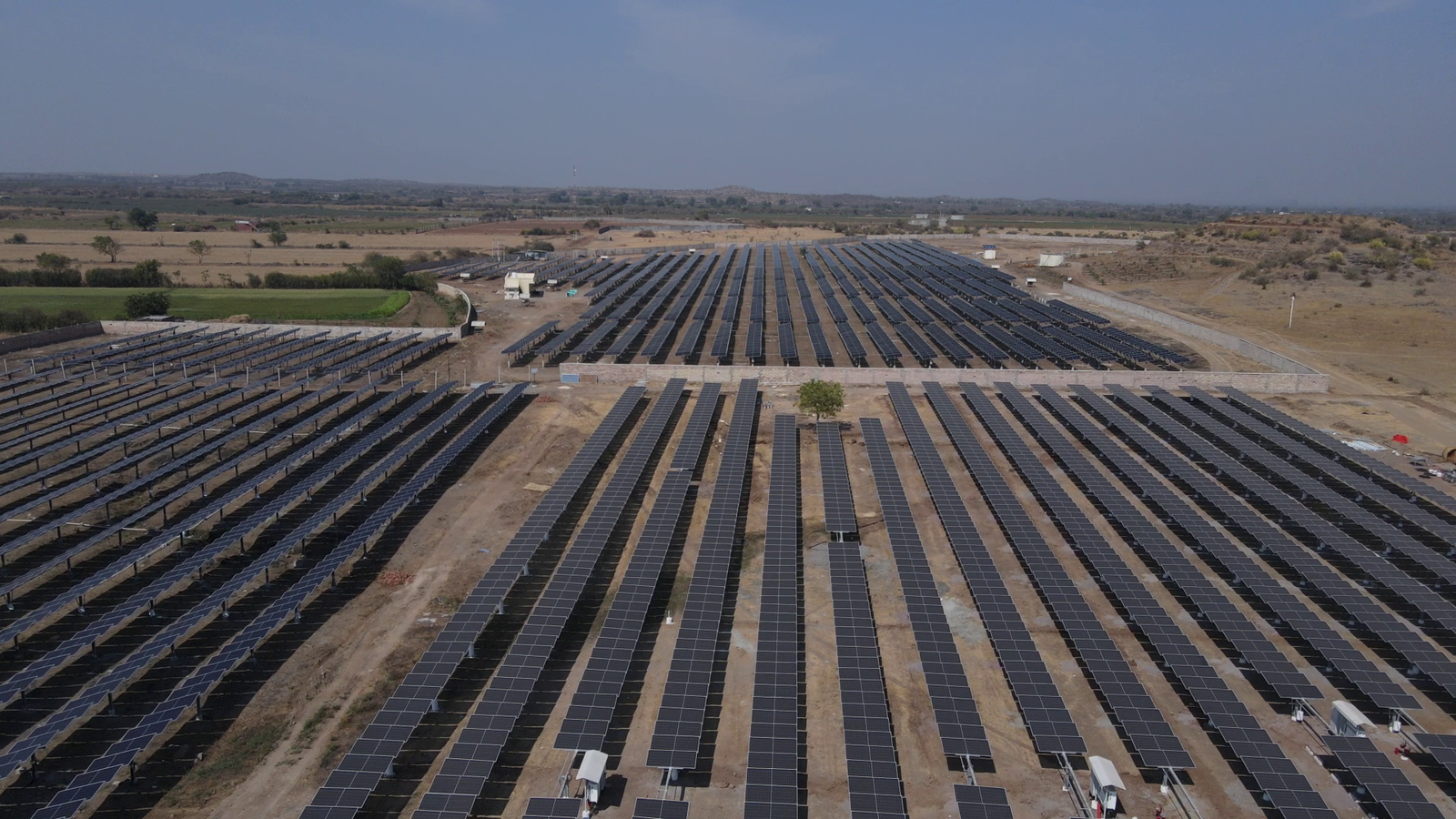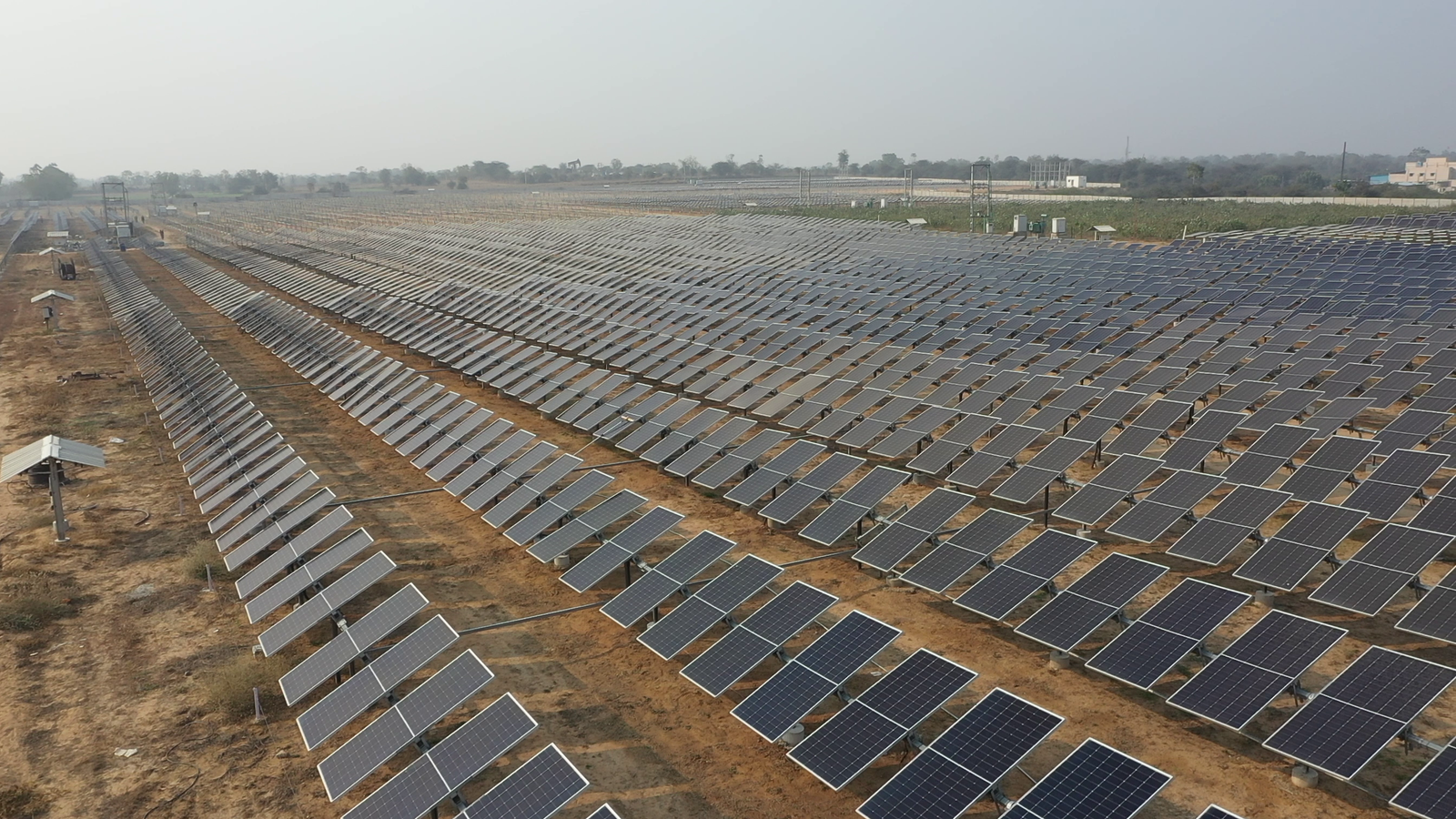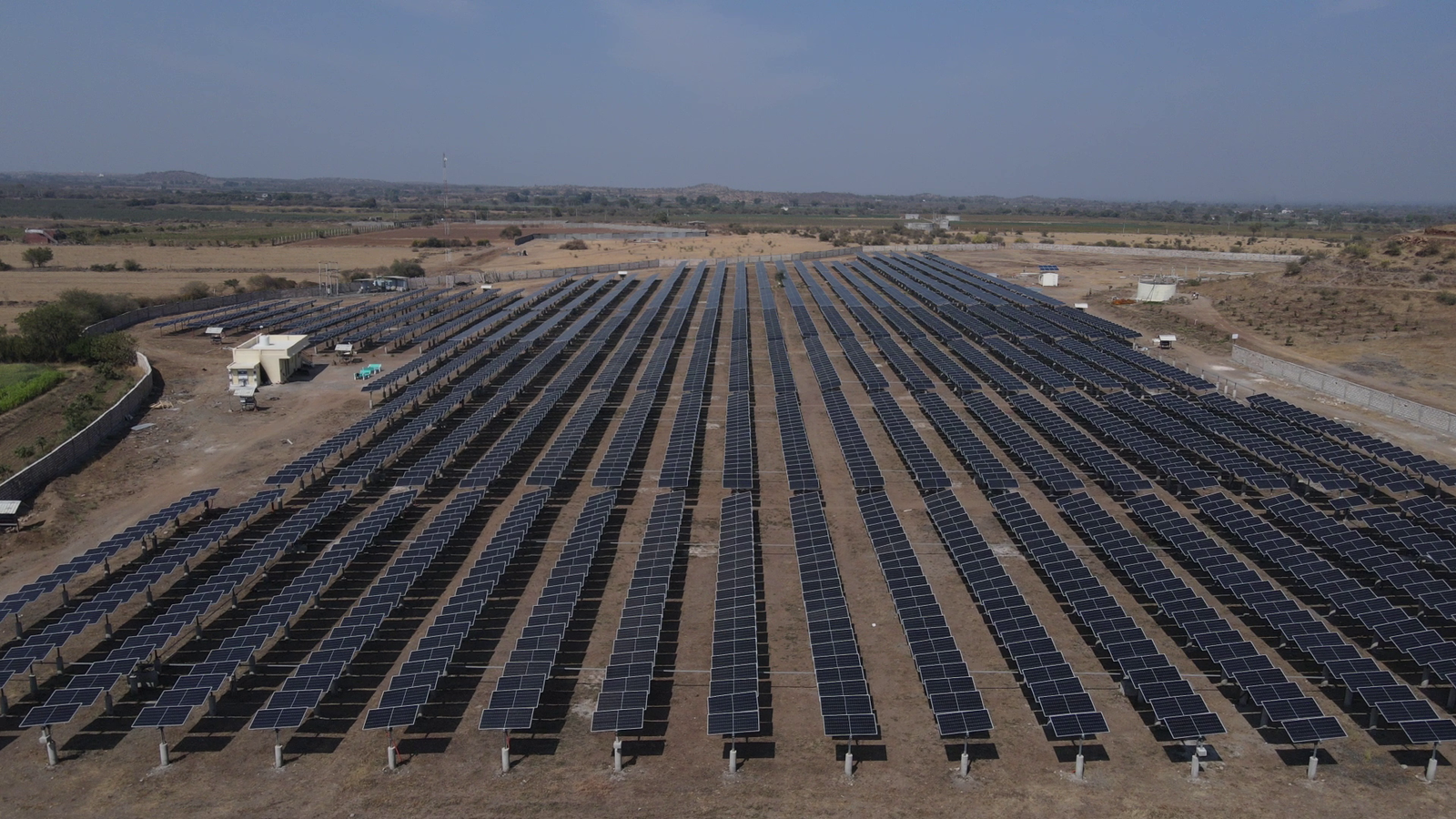India has emerged as a global leader in renewable energy, particularly in the solar power sector. With its ambitious targets, such as achieving 500 GW of non-fossil fuel capacity by 2030, India presents a thriving market for solar EPC (Engineering, Procurement, and Construction) companies. A solar EPC company in India plays a critical role in the end-to-end execution of solar power projects, from design and procurement to installation and commissioning.
Table of Contents
In this comprehensive guide, we will explore everything you need to know about solar EPC companies in India, their role in the renewable energy landscape, key players in the industry, and the factors that determine the best EPC service providers.
Understanding Solar EPC Companies in India
A Solar EPC company in India is responsible for the entire solar project lifecycle, from design and procurement to installation and commissioning. They ensure efficient implementation and compliance with regulatory requirements. These firms are crucial in India’s transition towards renewable energy, offering comprehensive services for seamless integration from conception to completion.
Key Functions of a Solar EPC Company
- Engineering & Design – Conducting feasibility studies, selecting appropriate sites, and designing efficient solar power systems tailored to specific environmental and technical requirements.
- Procurement – Sourcing high-quality components such as photovoltaic modules, inverters, and mounting structures, ensuring they meet project specifications and quality standards.
- Construction & Installation – Managing the physical setup of solar panels and related infrastructure, adhering to safety protocols and construction best practices.
- Testing & Commissioning – Testing and validating the installed systems to confirm they operate at optimal performance levels and comply with regulatory standards.
- Operations & Maintenance (O&M) – Providing ongoing support to maintain system efficiency, including regular inspections, performance monitoring, and necessary repairs.
Why Choose a Solar EPC Companies in India?
Choosing a Solar EPC companies in India offers numerous advantages for individuals and businesses looking to invest in solar energy. Here are the key benefits:
Streamlined Project Management
Solar EPC companies in India handle the entire project lifecycle, from design to commissioning, under a single contract. This integrated approach simplifies project timelines, reduces delays from subcontractors, and accelerates project completion. This simplified solution is ideal for customers seeking a complete solar installation package without the complexity of coordinating multiple contractors.
Cost Efficiency
EPC (Engineering, Procurement, and Construction)contracts often use a fixed-price structure, where the project price is set upfront, to minimize unexpected expenses and ensure budget compliance. Consolidating services allows EPC companies to optimize resources, negotiate better deals with suppliers, and reduce overall costs. Clients benefit from economies of scale and transparent pricing structures, ensuring the project stays within budget.
Expertise and Quality Assurance
Professional EPC firms provide specialized knowledge and experience for high-quality solar installations, adhering to industry best practices and regulatory requirements. They ensure system reliability and longevity, as the EPC contractor is responsible for the project from start to finish. This incentivization leads to smoother inspections and faster resolution time for maintenance issues, ensuring a commitment to excellence throughout the project.
Regulatory Compliance and Approvals
Navigating the regulatory landscape can be challenging. EPC companies are well-versed in local laws and regulations, assisting clients in obtaining necessary permits and ensuring that installations comply with all legal standards.
Post-Installation Support
Many EPC providers offer ongoing operations and maintenance services, ensuring that the solar power system operates at peak efficiency throughout its lifespan. This support includes regular inspections, performance monitoring, and prompt issue resolution.
Access to Financial Incentives
EPC companies often assist clients in identifying and applying for government incentives, subsidies, and tax benefits related to solar energy adoption. This guidance can significantly reduce the upfront investment and improve the project’s financial viability.

Top Solar EPC Companies in India
India has a thriving ecosystem of solar EPC companies in India that cater to utility-scale, commercial, industrial, and residential projects. Some of the top players in the industry include:
Tata Power Solar Systems Ltd
Tata Power Solar Systems Ltd., a division of India’s largest integrated power company, produces solar energy, manufacturing solar cells, modules, and systems. The company offers project management, engineering procurement, and construction commissioning. Tata Power Solar has completed large-scale projects in India, including Amritsar’s world’s largest rooftop solar plant, and has an installed capacity of 1.1 GW for solar cell and module manufacturing.
Sterling and Wilson Solar
Sterling and Wilson Solar Limited, an Indian multinational, provides engineering, construction, and procurement services for utility-scale solar projects. They have executed global solar projects and renewable energy in India, and were the largest non-Chinese EPC vendor in 2019. Loom Solar Pvt. Ltd., founded in 2018, is a manufacturer and distributor of high-quality solar panels and related items.
Loom Solar
Loom Solar offers a range of high-quality solar panels, inverters, batteries, and mounting frames, using advanced technology for manufacturing and testing. They offer simple setups and low maintenance, and their skilled personnel install residential and commercial solar energy projects throughout India, offering a variety of renewable energy options.
Soleos Solar Energy Private Limited
Soleos Solar is a global solar EPC company with a strong presence in India. With a proven track record of completing some of the largest and most complex solar projects, we are renowned for our technical expertise and exceptional project management skills. Our commitment to delivering high-quality, reliable, and sustainable energy solutions has earned us a reputation as one of the most trusted names in the industry.
Azure Power
Azure Power India Pvt. Ltd., established in 2008, is an Indian solar energy firm that manages 7.1 GW of solar power plants in India. Known for its efficient projects, real-time monitoring, and environmentally and socially responsible initiatives, Azure Power is known for its high-quality solar panels and commitment to sustainability.
Vikram Solar
Vikram Solar Ltd., an Indian solar energy startup, was established in 2006. With a 1.2 GW manufacturing capacity, they manufacture and distribute solar panels in Kolkata, West Bengal. They use advanced technology to create efficient, durable, and eco-friendly panels, reducing carbon emissions and reducing power costs. They also engineer and build solar power projects in India, including the 130 MW Bhadla Solar Park in Rajasthan.
ReNew Power
ReNew Power Ltd., founded in 2011, is a leading Indian renewable energy firm with over 10 gigawatts of installed capacity. Known for its environmental initiatives, it is India’s top renewable energy firm and the second globally by International Finance Corporation. ReNew Power has received investments from Goldman Sachs, Canada Pension Plan Investment Board, Abu Dhabi Investment Authority, and JERA Co. Inc. It plans to merge with RMG Acquisition Corporation II in May 2021 for $8 billion.
WAREE
WAREE Energies Ltd., a Mumbai-based clean energy company, has been designing, engineering, manufacturing, installing, and maintaining solar photovoltaic systems since 2007. The company produces two GW of modules annually and has deployed over three GW of solar power plants globally. Waaree Energies won the 2018 National Excellence Awards for Best Solar PV Module Manufacturer.
GREW Energy Pvt. Ltd
Founded in 2022, GREW Energy Pvt. Ltd is a rapidly growing solar company under the Chiripal Group. The company is committed to leading the renewable energy transition in India by providing sustainable and reliable solar solutions.
Mahindra Susten
Mahindra Susten, the clean-tech arm of the Mahindra Group, offers diversified services within the renewable energy and cleantech space. Their portfolio includes solar EPC services, and they have been instrumental in implementing sustainable solar solutions across India.
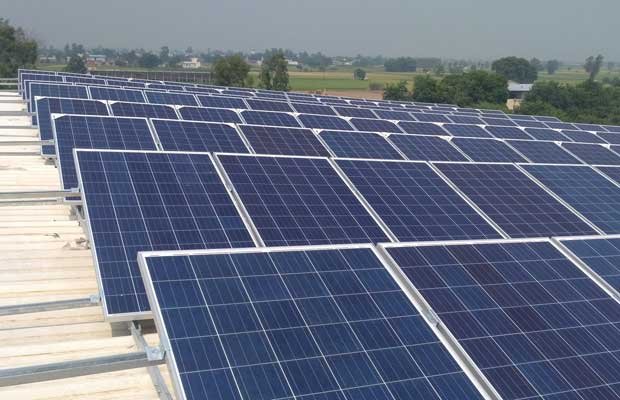
How to Choose the Best Solar EPC Company in India?
Selecting the right Solar EPC (Engineering, Procurement, and Construction) company is crucial for the success of your solar energy project in India. Here are key factors to consider when evaluating EPC Companies in India:
1. Experience and Track Record: When researching EPC Companies in India, assess their experience and past projects. A company with a proven track record demonstrates reliability and expertise. Reviewing their portfolio helps determine if they can handle projects similar to yours.
2. Technical Expertise and Innovation: The best EPC Companies in India employ highly skilled engineers and technicians who are well-versed in the latest solar technologies. Inquire about the types of solar panels, inverters, and other components they use to ensure efficiency and durability.
3. Certifications and Compliance: Ensure that the EPC Companies in India you shortlist hold necessary certifications such as MNRE (Ministry of New and Renewable Energy) approvals or ISO standards. Compliance with industry regulations guarantees quality work and adherence to safety measures.
4. Financial Stability: Financially stable EPC Companies in India are better equipped to manage project costs and timelines effectively. Verify their financial standing to ensure they can handle procurement and construction without quality compromises or delays.
5. Quality of Equipment and Technology: The performance and lifespan of your solar installation depend on the quality of equipment used. The top EPC Companies in India source high-quality components with strong warranties, ensuring efficiency and long-term savings.
6. Comprehensive Services: Opt for EPC Companies in India that provide end-to-end services, including design, procurement, construction, and post-installation support. A single-point solution simplifies project execution and enhances accountability.
7. Regulatory Compliance and Approvals: Solar projects require multiple approvals and adherence to government regulations. Reputed EPC Companies in India have expertise in obtaining necessary permits and ensuring seamless compliance with legal requirements.
8. After-Sales Support and Maintenance: Post-installation maintenance is crucial for the longevity of a solar power system. Leading EPC Companies in India offer system monitoring, troubleshooting, and regular maintenance services to optimize performance.
9. Cost and Financing Options: Cost should not be the only factor when choosing from the various EPC Companies in India. Compare quotes, check for hidden charges, and explore financing options like subsidies, loans, or leasing arrangements to ensure cost-effectiveness.
10. Customer Reviews and Testimonials: Before finalizing an EPC provider, check customer feedback. Many successful EPC Companies in India have case studies and testimonials showcasing their reliability, quality of service, and customer satisfaction.
Types of Solar EPC Projects in India
In 2025, India’s solar energy sector continues to expand, encompassing various types of Engineering, Procurement, and Construction (EPC) projects. The primary categories include:
Utility-Scale Solar Projects
These large-scale installations, often exceeding 1 megawatt (MW), are designed to supply power directly to the grid. They are typically developed in expansive areas with high solar irradiance. The Indian government’s initiative for the development of solar parks and ultra-mega solar power projects aims to facilitate the rapid deployment of such utility-scale installations.
Rooftop Solar Installation
Rooftop solar projects involve installing photovoltaic panels on the roofs of residential, commercial, or industrial buildings. They enable consumers to generate their own electricity, reducing dependence on the grid and lowering energy costs. The growing adoption of rooftop solar installations is contributing to India’s increasing solar energy capacity.
Floating Solar Farms
To address land constraints, floating solar farms are being developed on water bodies such as reservoirs and lakes. These installations reduce water evaporation and minimize ecological disruption. States like Kerala and Maharashtra are exploring floating solar projects to utilize underused water surfaces for energy generation.
Hybrid Solar Systems
Hybrid systems combine solar power with other energy sources, such as wind or diesel generators, to provide a more stable and reliable energy supply. These systems are particularly beneficial in areas with variable weather conditions, ensuring consistent power generation.
Off-Grid Solar Solutions
Off-grid projects are designed for areas without reliable access to the central power grid. They provide localized energy solutions, often incorporating battery storage to ensure a continuous power supply. The Prime Minister’s Farmer Energy Security and Upliftment Campaign (PM-KUSUM) supports the construction of 500 kW to 2 MW solar power plants and the installation of 1.4 million off-grid solar agricultural pumps, aiming to add significant photovoltaic capacity.
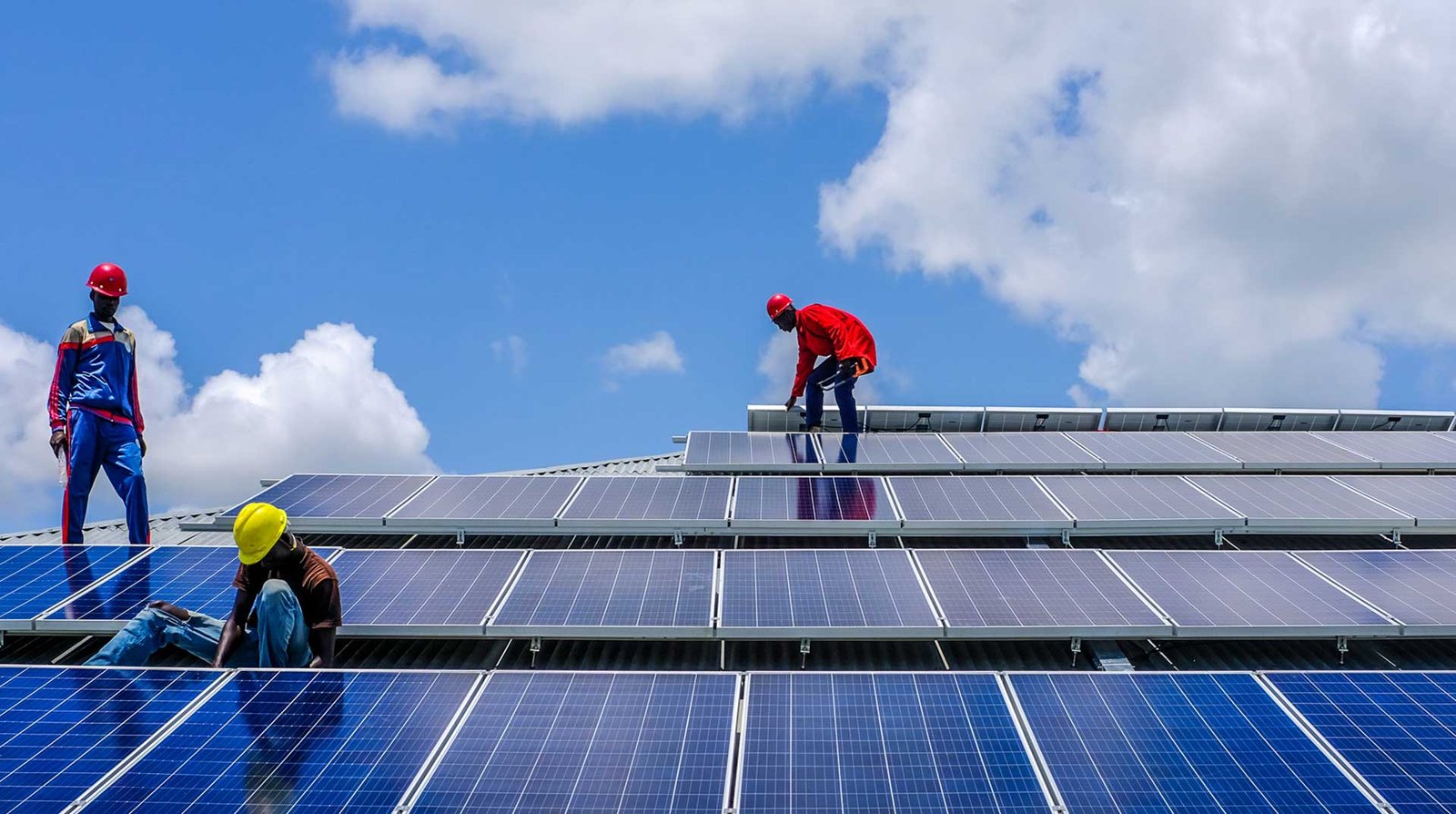
Government Policies & Incentives for Solar EPC Companies in India
As of April 2025, the Indian government has introduced several policies and incentives to bolster the solar energy sector, directly impacting Solar EPC companies in India. Key initiatives include:
1. Increased Allocation in Union Budget 2025
The Union Budget 2025-26 has earmarked ₹26,549 crore to advance India’s renewable energy sector. This funding supports infrastructure development for large-scale solar projects, research and innovation in solar energy, and subsidy programs to encourage rooftop solar installations. Additionally, ₹60 billion has been allocated for Green Energy Corridors to enhance grid integration of renewable energy sources.
2. Production-Linked Incentive (PLI) Scheme
To promote domestic manufacturing of high-efficiency solar photovoltaic (PV) modules, the government has launched Tranche II of the PLI Scheme, allocating ₹14,007 crore. This initiative aims to reduce dependence on imports and strengthen the local solar manufacturing ecosystem.
3. Capital Subsidies for Solar Installations
The Ministry of New and Renewable Energy (MNRE) offers capital subsidies to reduce the initial investment required for solar installations. In early 2025, a 23% capital subsidy was introduced for commercial solar projects, making solar energy more accessible and financially viable for businesses.
4. Pradhan Mantri Surya Ghar Muft Bijli Yojana
Launched in February 2024, this scheme aims to provide solar power to approximately 1 crore households, offering 300 units of free electricity monthly. Beneficiaries receive a fixed one-time subsidy directly into their bank accounts, with additional provisions for concessional bank loans. This initiative not only reduces electricity bills but also creates employment opportunities in the solar sector.
5. Quality Control Measures
The 2025 Quality Control Order mandates compliance with Bureau of Indian Standards (BIS) for solar PV modules, inverters, and power plants. This ensures higher efficiency, reliability, and safety in solar installations, benefiting both consumers and EPC companies by elevating industry standards.
6. Tax Incentives for Green Hydrogen Projects
Recognizing the synergy between solar energy and green hydrogen production, the government has allocated ₹2,000 crore for green hydrogen projects. Tax incentives are available for companies investing in solar-powered green hydrogen plants, fostering innovation and integration within the renewable energy sector.
Future of Solar EPC Companies in India
The future of EPC Companies in India is promising due to government initiatives, technological advancements, and the growing demand for renewable energy. India aims to achieve 500 GW of renewable energy capacity by 2030, making their role crucial. The government supports the solar sector through schemes like the Solar Park Scheme, which aims to develop 50 solar parks with a total capacity of 38 GW by 2025-2026.
The Production-Linked Incentive (PLI) Scheme encourages local manufacturing of solar equipment, reducing dependence on imports and strengthening the domestic solar industry. Technological innovations, such as energy storage systems, hybrid solar-wind projects, and bifacial solar panels, are reshaping EPC companies’ operations. Floating solar farms are also gaining traction, addressing land constraints and maximizing solar power generation. Despite these challenges, EPC companies in India can overcome them by streamlining procurement processes, adopting cost-effective strategies, and leveraging government incentives.
F&Q
1. What is a Solar EPC Company?
A Solar EPC company manages the end-to-end execution of solar power projects. This includes engineering (designing the system and conducting feasibility studies), procurement (sourcing components like solar panels and inverters), and construction (installing and commissioning the system).
2. How do Solar EPC Companies contribute to India’s renewable energy sector?
Solar EPC companies in India play a crucial role in India’s renewable energy landscape by ensuring efficient and timely implementation of solar projects. They help in achieving the country’s solar energy targets by providing integrated solutions from design to commissioning.
3. What factors should be considered when choosing a Solar EPC Company in India?
When selecting a Solar EPC company, consider their experience and track record in the solar industry, the quality of components they use, their financial stability, and their ability to provide comprehensive services from design to maintenance.
4. What challenges do Solar EPC Companies face in India?
Solar EPC companies in India encounter challenges such as regulatory hurdles, land acquisition issues, and financial constraints. Overcoming these challenges requires innovative approaches and proactive engagement with stakeholders.
5. How do Solar EPC Companies ensure the quality of solar installations?
Solar EPC companies ensure quality by adhering to industry standards, using high-quality components, employing skilled professionals, and conducting thorough testing and commissioning processes. They also provide warranties and maintenance services to ensure long-term performance.
6. Are there government incentives available for solar projects handled by EPC companies in India?
Yes, the Indian government offers various incentives for solar projects, including capital subsidies, tax benefits, and the Production-Linked Incentive (PLI) scheme to promote domestic manufacturing of solar components. These incentives aim to reduce costs and encourage the adoption of solar energy.
7. How long does it take for a Solar EPC Company to complete a solar project in India?
The duration varies depending on the project’s size and complexity. Small rooftop installations may take a few weeks, while large utility-scale projects can take several months to complete. Factors such as site preparation, component availability, and regulatory approvals also influence the timeline.
8. What maintenance is required for solar installations by EPC companies?
Regular maintenance includes cleaning solar panels, inspecting and testing system components, monitoring performance, and ensuring that inverters and batteries function correctly. Many Solar EPC companies offer maintenance packages to ensure optimal system performance over its lifespan.
Conclusion
The future of EPC Companies in India is set for remarkable growth as the country pushes forward with its renewable energy goals. With strong government support, rapid technological advancements, and an increasing demand for sustainable power solutions, EPC Companies in India are at the forefront of India’s clean energy transition. However, to stay competitive, these companies must embrace innovation, adopt cost-effective strategies, and navigate regulatory challenges effectively.
If you are looking to invest in solar energy or partner with experienced professionals, now is the time to connect with leading EPC Companies in India. Whether it’s for utility-scale projects, rooftop solar installations, or advanced hybrid systems, EPC Companies in India can help turn your vision into reality.
Take the next step towards a sustainable future—partner with a trusted EPC provider today and power your growth with clean, renewable energy!




